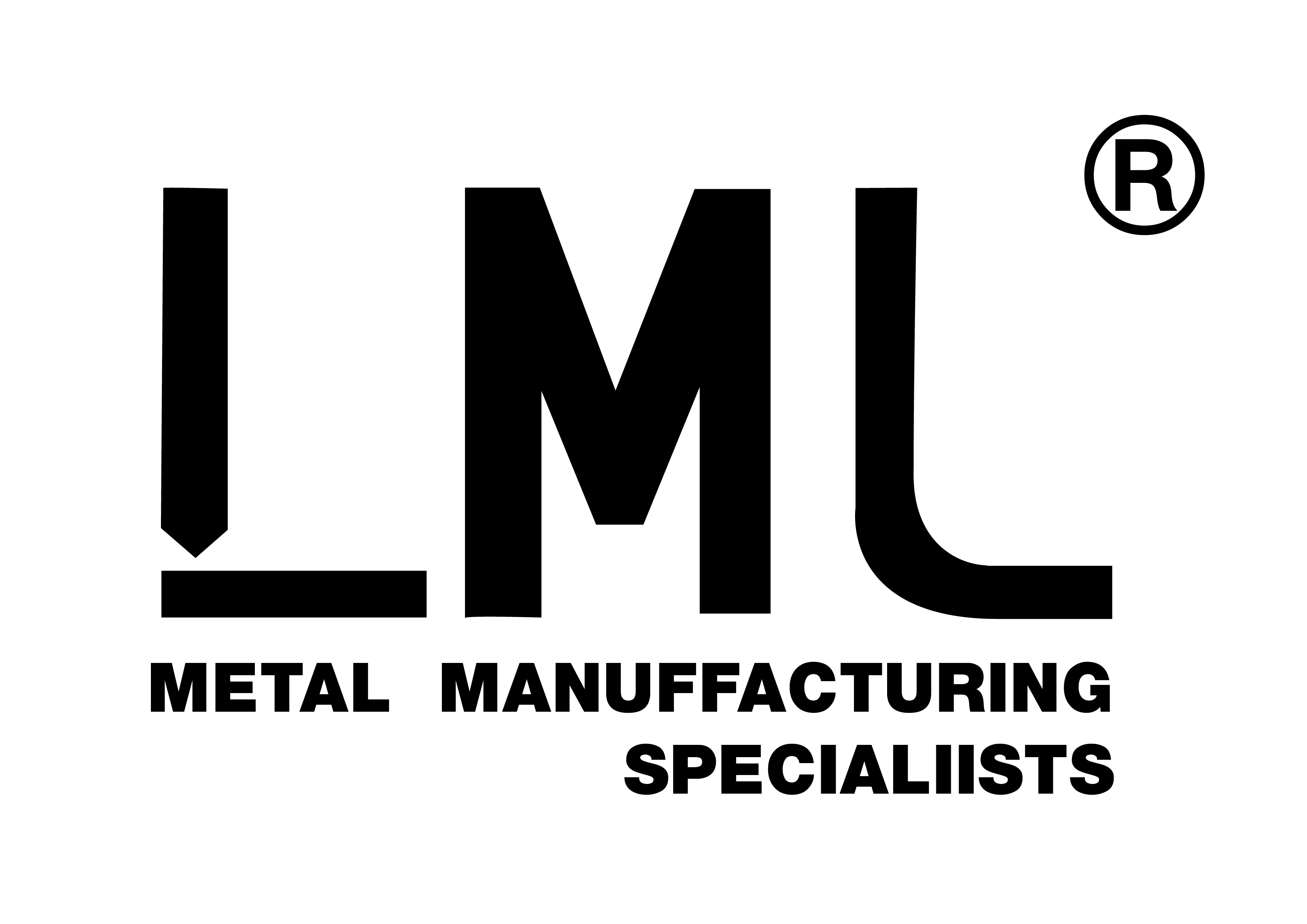How to Achieve a Matte Finish in Anodizing: The Critical Roles of Acid and Alkaline Etching
Anodizing transforms aluminum into a more durable, corrosion-resistant material while offering aesthetic versatility. Among the various surface finishes available, the matte (or satin) finish has gained significant popularity for its sophisticated appearance, reduced glare, and ability to hide fingerprints and minor scratches. But how exactly is this matte texture achieved, and what roles do acid and alkaline cleaning play in the process?
The Foundation: Surface Preparation
Before the electrochemical magic of anodizing begins, the aluminum must undergo meticulous preparation. This stage is arguably the most critical for achieving a consistent matte finish. The process typically involves mechanical and chemical treatments that remove surface irregularities, contaminants, and existing oxide layers.
Mechanical pre-treatments like grinding, bead blasting, lapping, and polishing can establish a baseline surface texture. However, for a truly uniform matte effect, chemical etching through acid or alkaline solutions becomes essential.
Alkaline Etching: The Primary Matte Creator
Alkaline etching is the workhorse for achieving a matte finish in anodizing. This process involves immersing aluminum in a hot sodium hydroxide solution (typically with concentrations around 5-10%) which selectively dissolves the aluminum surface.
The mechanism is fascinating: the alkaline solution reacts with the aluminum, creating a microscopically rough surface through controlled dissolution7. This uniform texture scatters incident light, producing the desired matte appearance. The etching process also helps to remove the natural oxide film that forms on aluminum when exposed to air, which is crucial for ensuring uniform subsequent treatment.
The parameters of alkaline etching—concentration, temperature, and duration—must be carefully controlled. Over-etching can lead to excessive surface roughness, while under-etching may result in an inconsistent finish.
Acid Cleaning: The Supporting Role
While alkaline etching takes the lead in creating matte textures, acid cleaning (or acid etching) plays a crucial supporting role. After alkaline treatment, aluminum surfaces often develop a dark smut composed of residual alloying elements and compounds. This smut must be removed through acid cleaning, typically using nitric or sulfuric acid solutions.
Acid cleaning does more than just remove smut—it further modifies the surface microstructure. Different acid solutions can produce varying surface textures. For instance, phosphoric acid treatments are known to create surfaces with enhanced adhesion properties, which can influence the final appearance.
The interaction between acid cleaning and surface finish is particularly evident when examining second-phase compounds in aluminum alloys. These intermetallic particles react differently to acid treatments, potentially creating microscopic features that affect light scattering and thus the matte appearance.
The Anodizing Process: Enhancing and Preserving the Matte Finish
Once the surface is properly prepared, the anodizing process itself begins. The pre-treated aluminum becomes the anode in an electrolytic cell with sulfuric acid being the most common electrolyte
The anodizing process grows a protective oxide layer that preserves and enhances the matte texture created during pre-treatment. The thickness and properties of this layer can be controlled by adjusting voltage, current density, temperature, and process duration.
Interestingly, different anodizing types produce different surface characteristics:
- Type II (Sulfuric Acid Anodizing): Most common for decorative applications, offering good matte finish options
- Type III (Hard Anodizing): Produces thicker, harder coatings that can retain matte textures but may appear darker
- Chromic Acid Anodizing (Type I): Creates thinner coatings with minimal dimensional change, suitable for delicate matte finishes
Coloring and Sealing: Final Steps for Matte Perfection
For matte-finished aluminum, coloring requires special consideration. The porous anodic layer can absorb dyes, but the matte texture may affect color perception. Electrolytic coloring with metal salts often provides more consistent results for matte surfaces compared to organic dyes.
Sealing is the final critical step, where the anodized layer's pores are closed to enhance corrosion resistance and durability. While sealing doesn't fundamentally alter the matte appearance, improper sealing can sometimes create subtle visual changes.
Practical Applications and Considerations
Matte anodized finishes find applications across industries:
- Architecture: Window frames, building facades
- Consumer electronics: Smartphone and laptop housings
- Automotive: Interior trim, control panels
- Industrial equipment: Control interfaces, machinery components
When specifying matte anodizing, consider that the process may have slight dimensional effects—approximately 50% of the coating grows inward and 50% outward from the original surface. For precision components, this must be accounted for in design.
Conclusion: A Delicate Balance
Achieving the perfect matte finish in anodizing is a careful balance of mechanical and chemical treatments, with alkaline etching doing the heavy lifting for texture creation and acid cleaning ensuring uniformity by removing contaminants and smut.
The magic lies in the synergy between these processes: alkaline etching creates the fundamental matte texture, acid cleaning refines it, and anodizing preserves and enhances it while adding protective properties. Through precise control of these processes, manufacturers can create beautiful, durable matte finishes that meet both aesthetic and functional requirements.
For designers and engineers, understanding these processes enables better specification of anodized finishes and more informed material selection. The humble matte finish represents not just a visual preference, but a remarkable achievement of surface engineering.
Why Choose LML?
- Precision Manufacturing: CNC machining, sheet metal fabrication, and custom part production with tight tolerances.
- Global Export: We serve clients worldwide with reliable logistics support.
- End-to-End Service: From design support to quality inspection and delivery, we handle everything.
Ready to get started? Visit our website to learn more or request a quote:
[www.lmlmetalparts.com]
Let LML be your trusted manufacturing partner—where quality meets efficiency!


